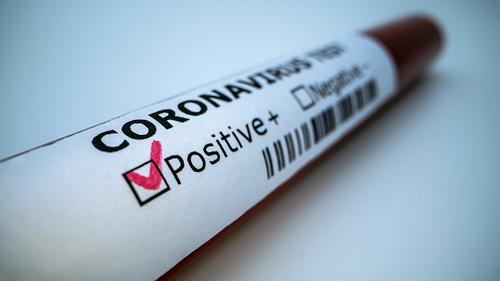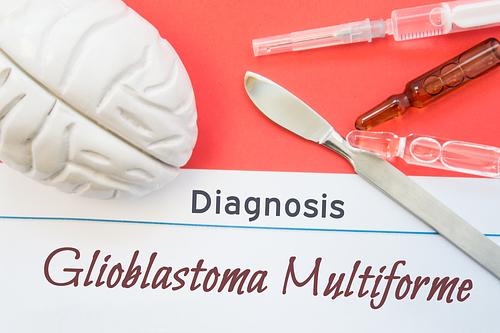A Day in the Life of a Trauma Nurse Practitioner
It’s Thursday at six in the morning and it is day two of a three day stretch of twelve-and-a-half hour shifts on the Trauma wards at our Level 1 Trauma Center. The intern who was on call last night and I have sixty minutes put out any fires and finish up any last-minute tasks before formal rounds start at seven. Labs need to be reviewed, imaging looked at one last time, and care orders need to be checked to see if they are up to date. There is barely enough time for a quick one-liner on every one of the twenty-seven patients on the service; who can go home, who newly screened positive for COVID-19, and who unexpectedly needs to stay longer than previously thought?
Our hospital admits about 4300 patients annually, and as I take my seat next to the Trauma Attending it is clear that last night was an above average night for admissions. As formal rounds begin, the attending pauses for a moment of daily gratitude, highlighting the team’s efforts over the previous twenty-four hours, before any immediate patient care needs are addressed and the OR first start cases discussed. After all the new admissions are presented and the updates are given on the existing admissions, the team comprised of myself, the attending, an intern, a third-year resident, a chief resident, and a nurse case manager start walking rounds. This is a room to room check up on all patients letting them know who we are, what their plans are for today, and what benchmarks we all need to meet in order to get the patient safely home. As we move from room to room, pod to pod, and unit to unit, we check in with the bedside nurse, physical therapists, occupational therapists, respiratory therapists, and other critical members of the patient’s care team to make sure that we are all on the same page regarding patient care and safety, as well as to reinforce a sense of team unity.
As morning rounds wind down, I juggle incoming pages from consultant services and attend to changes in patient conditions. Midmorning brings collaboration with ancillary services to prioritize discharges; prescriptions are written, durable medical equipment is ordered, and home health care is arranged. At noon, I grab a bite to eat before our Trauma Program’s weekly Performance Improvement Committee meeting where previous patient cases and care guidelines are reviewed for any opportunities for improvement. Then it is off to a goals of care meeting led by our palliative care team where I sit with the family of a nonagenarian who has had a progression of her traumatic brain injury after repeated falls at her memory care facility.
As the afternoon heats up, so too the number of trauma activations and subsequent admissions. By five in the evening I sign out to the incoming intern, catch my breath, and mentally prepare myself for one more day.
About the Author:
Aaron Wright
Aaron has been an APPAA contributor since 2020. Aaron has been a Board Certified Nurse Practitioner since 2004 with a clinical focus in adult and pediatric trauma and general surgery patients in emergency department, inpatient, and outpatient settings.











